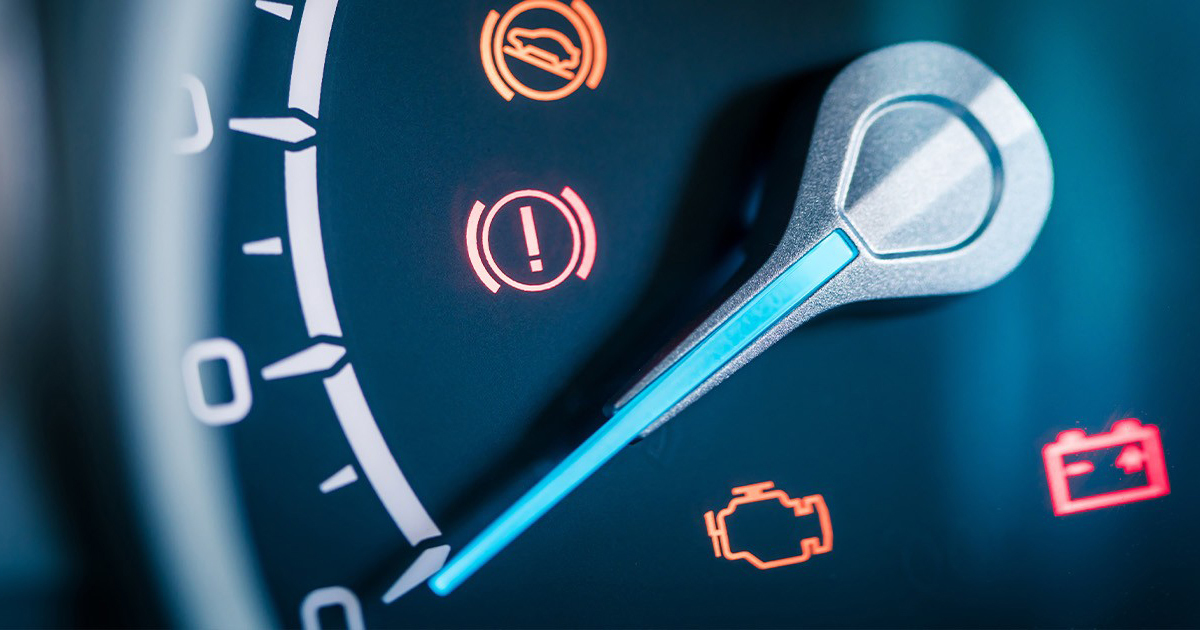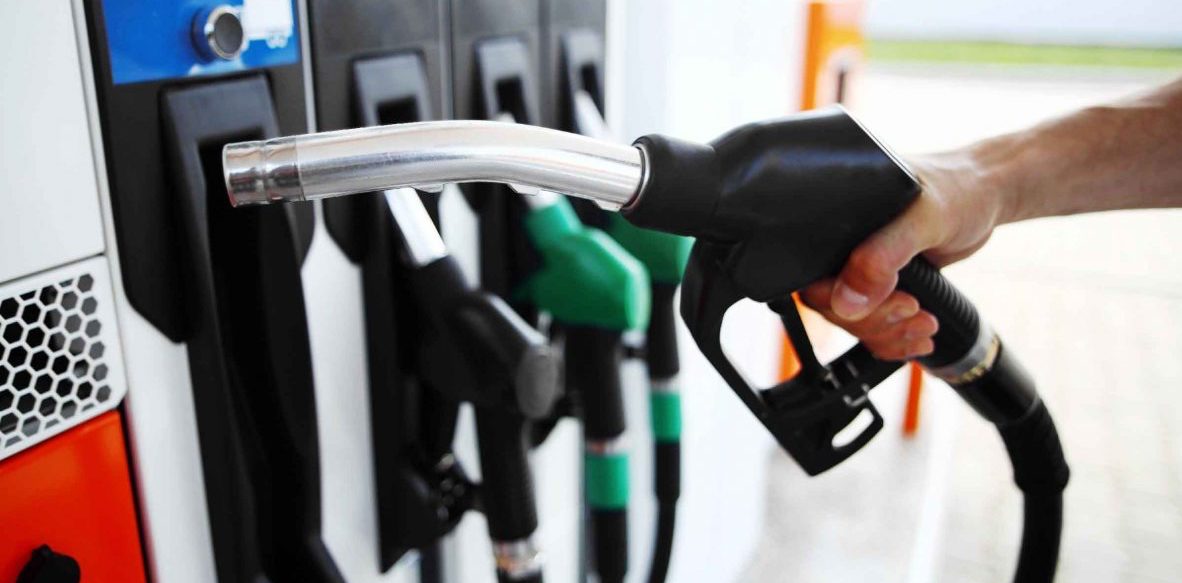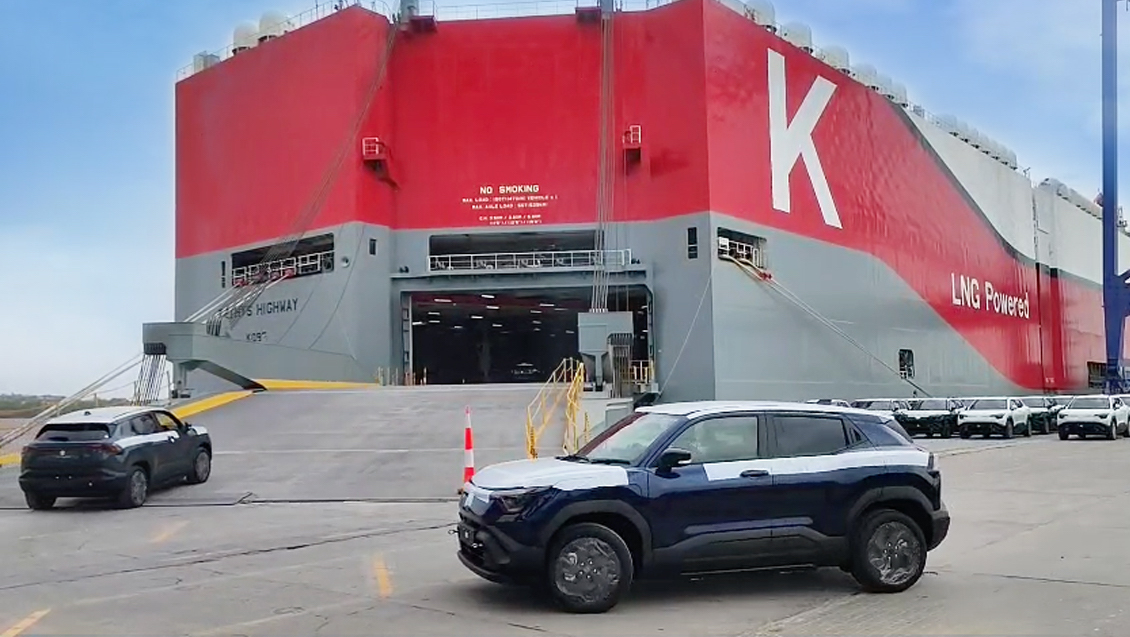The world is witnessing a paradigm shift in mobility, and electric vehicles (EVs) are leading the charge. In India, this revolution is no longer on the horizon — it’s already here. Amid growing environmental awareness, volatile fuel prices, and ambitious national sustainability targets, EVs are poised to redefine how India moves.
The Indian government’s target of 30% electric vehicle penetration by 2030 has catalyzed a range of policy shifts, industrial investments, and public-private partnerships. With the rollout of the FAME (Faster Adoption and Manufacturing of Hybrid and Electric Vehicles) II scheme, the introduction of state-specific EV incentives, and the emergence of local and global players, the industry is gaining momentum.
But are we ready for widespread EV adoption by 2025? This article breaks down the readiness of India across key dimensions: current EV market trends, supportive government policies, infrastructure expansion, consumer sentiment, and the rise of game-changing electric vehicles.
We’ll also spotlight five standout EVs — across both two-wheelers and four-wheelers — that are shaping the future of Indian transportation. From urban commuters to inter-city travelers, the transition to EVs is not just about technology, but about reshaping lifestyles, expectations, and the broader auto industry.
The Current State of India’s EV Market
Rapid Growth, but in Pockets
Electric vehicle adoption in India is growing steadily, with total EV sales in 2023 crossing 1.5 million units, marking a record-breaking year. However, this growth has been largely driven by two-wheelers and three-wheelers, which together account for over 90% of EV sales. These segments offer cost-effective and practical solutions for short-distance travel, especially in tier-1 and tier-2 cities.
Urban Centers Driving Four-Wheeler Adoption
While electric two-wheelers dominate in volume, the electric car market is gaining traction in urban regions like Delhi-NCR, Mumbai, Pune, and Bengaluru. With increasing awareness, better product offerings, and falling battery costs, city-dwellers are showing more interest in EVs for daily commuting and lifestyle needs. Tata Motors, for instance, leads the passenger EV segment with its models like the Nexon EV and Tiago EV.
New Entrants and Startups Fuel Competition
Apart from giants like Tata, Mahindra, and Ola Electric, several new entrants and startups such as Ather Energy, River, Simple Energy, and Yulu are disrupting the market with innovative models, subscription plans, and battery-swapping solutions.
Challenges Persist
Despite promising signs, concerns remain around charging infrastructure, battery life, and long-term ownership costs. Additionally, rural adoption lags significantly due to limited availability and higher upfront costs.
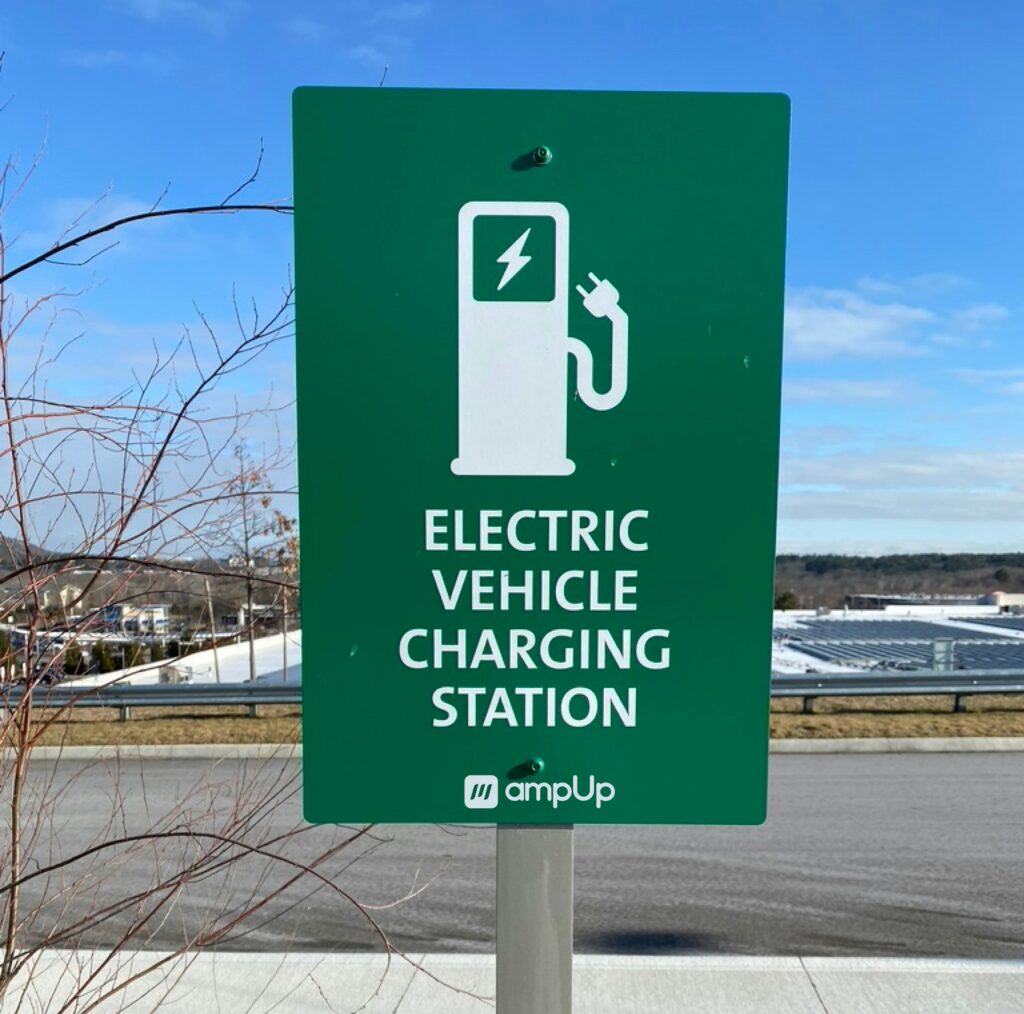
Government Policies & Incentives Fueling Growth of Electric Vehicle Adoption in India
FAME II: The Backbone of EV Policy
The FAME II (Faster Adoption and Manufacturing of Hybrid and Electric Vehicles) scheme is the central government’s flagship initiative to promote EV adoption. With an outlay of ₹10,000 crore, it subsidizes electric two-wheelers, three-wheelers, and buses. The scheme has already helped bring down the cost of EVs for end-users and incentivized manufacturers to scale up production.
State-Level EV Incentives Boost Regional Adoption
States like Delhi, Maharashtra, Tamil Nadu, Karnataka, and Telangana have launched their own EV policies offering additional benefits. These include road tax exemptions, registration fee waivers, subsidies on electric scooters and cars, and grants for battery manufacturing and R&D. Delhi, for example, aims to make 25% of all new vehicle registrations electric by 2024.
PLI Scheme Supporting Domestic Manufacturing
The Production-Linked Incentive (PLI) scheme for Advanced Chemistry Cell (ACC) battery storage is another vital initiative. It aims to make India self-reliant in battery production, a key component for lowering EV costs and reducing import dependency.
Tax Benefits for EV Buyers
Buyers can also avail of income tax deductions of up to ₹1.5 lakh under Section 80EEB on loan interest for EV purchases. These financial incentives make EVs more accessible to the middle class, especially in cities.
Consumer Sentiment: Is India Ready for Massive Electric Vehicle Adoption?
Affordability vs. Upfront Cost Concerns
Indian consumers are highly price-sensitive, and the higher upfront cost of EVs remains a deterrent. Although the total cost of ownership (TCO) is lower due to savings on fuel and maintenance, the initial investment can be a barrier for middle-income buyers. Financing options are improving, but more accessible loans and EMIs are needed for mass-market appeal.
Environmental Awareness on the Rise
A growing number of Indians, especially urban millennials and Gen Z buyers, are factoring in environmental impact when choosing vehicles. EVs are now seen as a “green” upgrade, thanks to increased awareness of climate change and government-led sustainability campaigns.
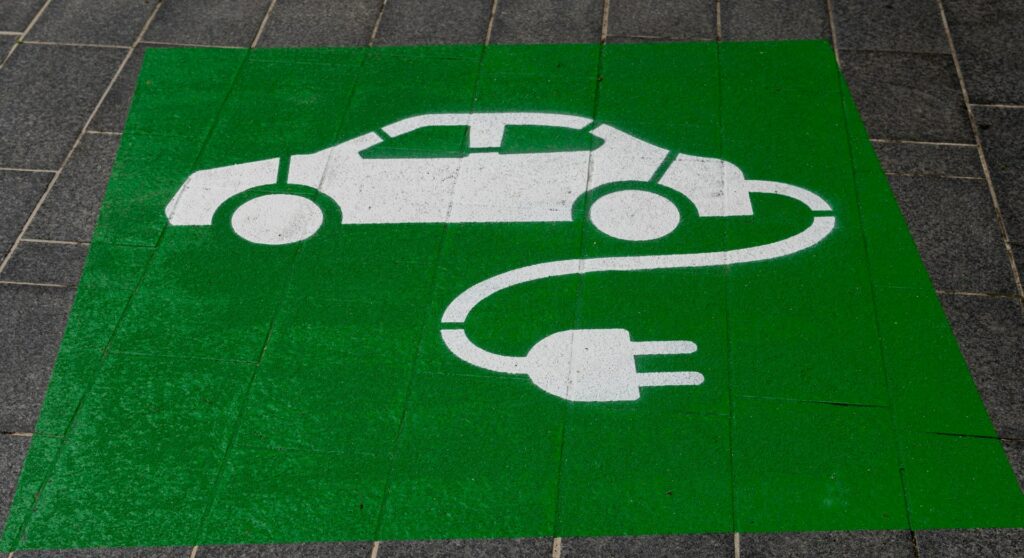
Increasing Trust in EV Technology
As more EVs hit the roads and early adopters share positive experiences, the perception of EVs is shifting. Brands like Tata, Ola, and Ather have helped boost public confidence in range, reliability, and service support.
Ongoing Concerns
However, challenges remain. Range anxiety continues to affect purchase decisions, especially outside metro cities. Limited product variety in budget-friendly segments, unclear resale values, and perceived battery degradation also influence consumer hesitation. Continued education and transparent warranty terms will be key in addressing these doubts.
EV Tech Readiness: Batteries, Local Manufacturing & Smart Integration
Battery Technology: The Core Driver
India primarily relies on lithium-ion batteries, which are improving in efficiency and cost. However, the next big leap lies in solid-state batteries, promising higher energy density, faster charging, and better safety. Indian startups and research centers are exploring localized alternatives like sodium-ion and zinc-air technologies.
Smart Integration with AI and IoT
EVs today are no longer just vehicles — they are connected ecosystems. AI-powered route planning, real-time charging station updates, and remote diagnostics via IoT are reshaping how users interact with their vehicles. Companies like MG Motors and Hyundai are embedding advanced telematics and AI assistants into their EV offerings.
Local Manufacturing Push
The government’s push for “Make in India” is encouraging Indian OEMs to invest in local battery assembly and EV manufacturing. Players like Tata AutoComp, Amara Raja, and Ola Electric are setting up large-scale facilities to reduce dependence on imports and bring down costs.
Circular Economy and Sustainability
Recycling used batteries and reducing the carbon footprint of EV production is becoming a growing concern. Companies are now investing in second-life battery applications and end-of-life recycling to ensure a sustainable EV lifecycle.
5 Electric Vehicles Shaping India’s EV Future
Here is a list of 5 EV vehicles that must be on your checklist if you are planning to buy an electric vehicle this year:
- Ola S1 Pro
- Ather 450X
- Tata Nexon EV
- MG ZS EV
- Mahindra XUV400 EV
Let us learn more about these eco-friendly options in detail.
1. Ola S1 Pro: The Mass EV Movement on Two Wheels
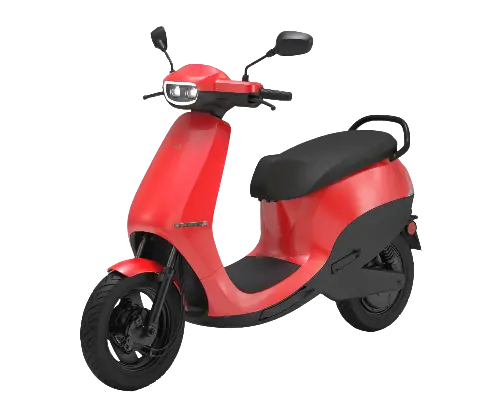
Ola S1 Pro has become a symbol of India’s electric two-wheeler revolution. Designed and manufactured by Ola Electric, the S1 Pro combines style, performance, and smart tech at a competitive price point. With a top speed of 116 km/h and a real-world range of around 135 km, it easily meets the needs of urban and suburban commuters.
The scooter features a sleek 7-inch touchscreen display, built-in navigation, multiple riding modes, and over-the-air (OTA) updates, making it feel more like a gadget on wheels. Ola’s fast-growing hypercharger network across Indian cities has further enhanced the vehicle’s usability, helping users reduce range anxiety and access quick top-ups during their daily routines.
The S1 Pro also benefits from Ola’s strong brand presence, aggressive marketing, and affordability compared to petrol scooters in the long run. It qualifies for central FAME II subsidies and various state-level incentives, making it even more appealing to budget-conscious youth.
In 2025, the S1 Pro is poised to become a common sight on Indian roads, especially as cities tighten emission norms and push for green mobility. Its ability to combine affordability, performance, and smart features is playing a crucial role in pushing mass EV adoption.
2. Ather 450X: Smart, Sleek, and Fast-Charging
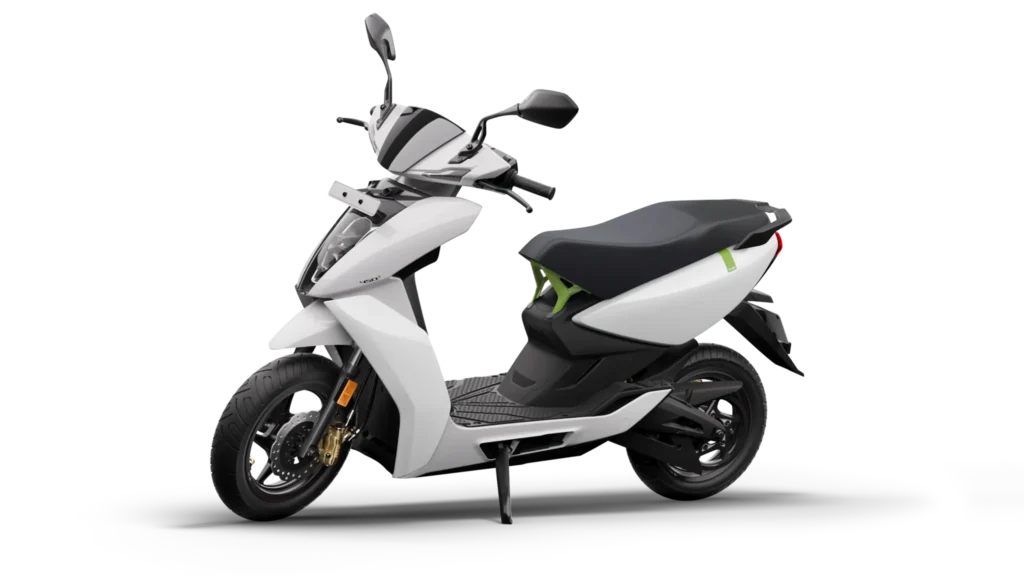
The Ather 450X is arguably one of India’s most sophisticated electric scooters. Built by Ather Energy, a Bengaluru-based startup, the 450X is known for its futuristic design, lightning-fast acceleration, and a tech-first approach. With a top speed of 90 km/h and an IDC range of 150 km, it balances efficiency with exhilarating performance.
One of the 450X’s strongest selling points is its intelligent dashboard, which includes Google Maps-powered navigation, ride statistics, and smartphone connectivity. Riders can even get OTA software upgrades, giving the scooter new features over time. It also supports Ather Grid, a fast-growing network of public fast chargers that can charge up to 80% in about 45 minutes.
Ather has positioned itself as a premium brand appealing to tech-savvy urban commuters. The 450X’s build quality, intuitive UI, and fast charging make it one of the most refined EV scooters in the market. It’s especially popular among professionals and college-goers in cities like Bengaluru, Pune, Chennai, and Hyderabad.
As EV infrastructure grows and smart mobility becomes mainstream, Ather’s focus on innovation, battery longevity, and localized manufacturing places the 450X as a frontrunner in India’s e-mobility wave. The 450X is more than just a scooter — it’s a connected, sustainable lifestyle choice.
3. Tata Nexon EV: The SUV That Electrified India
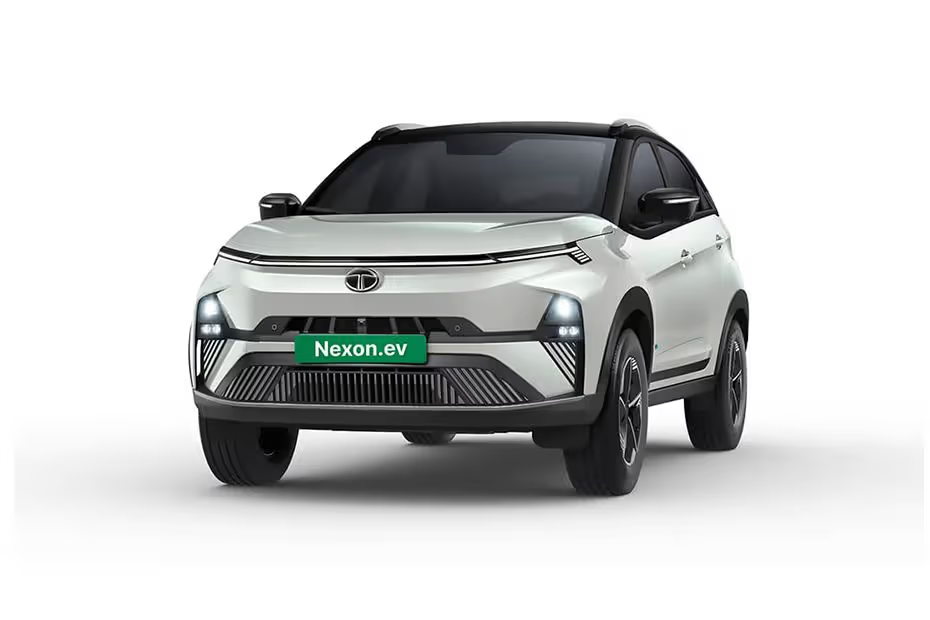
The Tata Nexon EV is India’s top-selling electric car, accounting for over 70% of electric four-wheeler sales in some quarters. Launched in 2020 and regularly updated since, the Nexon EV offers a blend of affordability, range, and rugged SUV styling that resonates with Indian families.
The Nexon EV Prime and Nexon EV Max variants deliver ranges between 312 km and 453 km respectively (ARAI certified), making them suitable for city commutes and highway drives. Its electric powertrain ensures instant torque, while regenerative braking adds to range efficiency. Safety is another hallmark, with a strong GNCAP crash-test rating and features like multiple airbags and hill-hold assist.
Backed by Tata Motors and Tata Power, Nexon EV buyers benefit from access to an expanding fast-charging network, home-charging solutions, and a dedicated support ecosystem. Its appeal is further enhanced by FAME II incentives, competitive pricing, and low maintenance costs.
In 2025, with greater charging infrastructure and rising fuel prices, the Nexon EV will likely become a default choice for eco-conscious Indian families. Its “Made in India” label, practicality, and robust performance make it a standout model in the country’s transition to electric mobility.
Read: 7 Best Electric Cars in India Under ₹20 Lakh in 2025
4. MG ZS EV: Premium Urban Performer with Global DNA
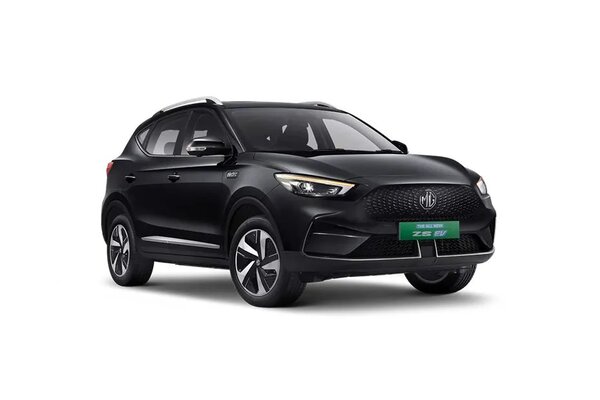
The MG ZS EV brings international EV quality to Indian roads. Designed as a premium electric SUV, it appeals to buyers looking for a mix of performance, comfort, and technology. With a WLTP-certified range of 460 km (on the 2023 Long Range model), the ZS EV is ideal for long drives and intercity commutes.
The vehicle comes with a global design aesthetic, panoramic sunroof, 10.1” infotainment system, and ADAS (Advanced Driver Assistance Systems). Its electric motor delivers 176 PS of power, ensuring a powerful yet silent ride. For Indian customers who expect luxury with their EVs, the ZS EV fits the bill perfectly.
MG has also developed a strong urban support system with fast-charging stations, doorstep charging options, and mobile service vans. Its collaboration with multiple charging service providers ensures that customers are not left stranded during long trips.
Though priced higher than mass-market EVs, the ZS EV attracts professionals, business owners, and families looking to future-proof their mobility. As EV demand rises among urban elites, the ZS EV is expected to gain more traction in 2025, especially as MG expands its service footprint across tier-1 and tier-2 cities.
5. Mahindra XUV400 EV: A Bold Step into India’s Electric Future
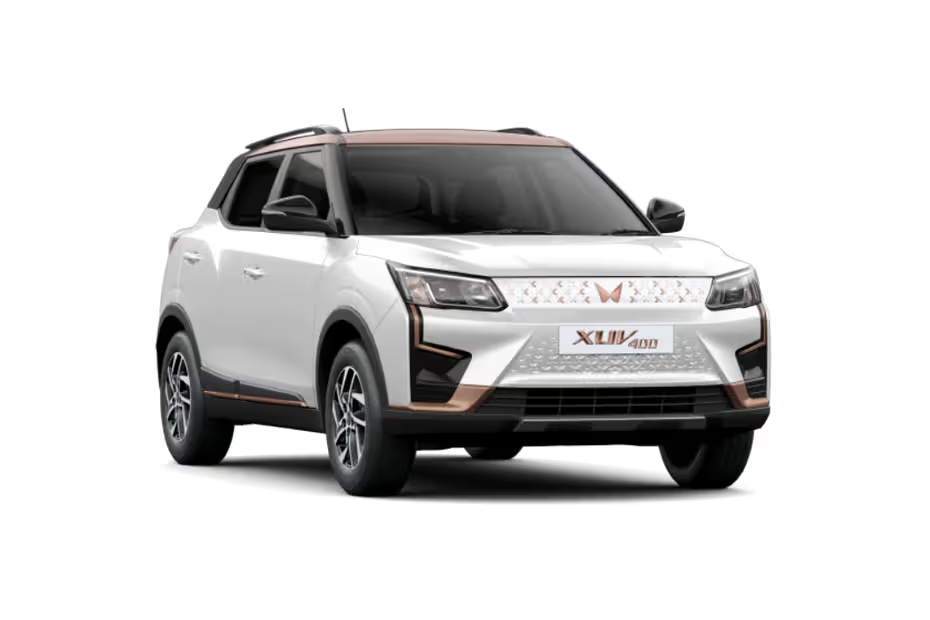
The Mahindra XUV400 EV marks Mahindra’s serious entry into the electric four-wheeler segment. Based on the popular XUV300 platform, the XUV400 combines the rugged appeal of an SUV with the sustainability of electric mobility. It delivers up to 456 km of range (MIDC) and accelerates from 0 to 100 km/h in just 8.3 seconds, making it the fastest EV in its segment.
The XUV400 stands out with its bold design, large boot space, dual-tone interiors, and infotainment system equipped with Android Auto and Apple CarPlay. With two battery pack options (34.5 kWh and 39.4 kWh), it caters to both urban and intercity users. It supports fast charging, achieving 80% charge in just 50 minutes with a DC charger.
Mahindra has announced aggressive plans to expand its EV portfolio and charging ecosystem through strategic partnerships and investments. The XUV400 is a stepping stone toward a wider range of electric SUVs under the Born Electric Vision.
In 2025, the XUV400 is poised to challenge Tata’s dominance in the EV SUV space. Its appeal lies in Mahindra’s trusted brand value, robust design, and commitment to scale EV production. With improved infrastructure and state incentives, the XUV400 is well-positioned to play a pivotal role in India’s electric mobility landscape.
Frequently Asked Questions (FAQs)
- Is India really ready for widespread EV adoption by 2025?
India is on a promising path. Government schemes like FAME II and the Production Linked Incentive (PLI) program are accelerating EV manufacturing, while companies like Tata, Ola, and Ather are launching affordable electric vehicles. However, success by 2025 depends on continued infrastructure expansion and consumer education.
- What are the biggest barriers to EV adoption in India?
The main challenges include lack of widespread charging infrastructure, high upfront costs, limited range of some EVs, and consumer concerns about battery life and resale value. Awareness and trust are improving, but rural areas still lag in accessibility.
- Are electric vehicles more cost-effective in the long run?
Yes. Though EVs have higher upfront costs, they offer lower running and maintenance expenses. Electricity is cheaper than petrol or diesel, and EVs have fewer moving parts, reducing service needs. Over time, many users see substantial savings.
- What incentives are available for EV buyers in India?
Buyers can benefit from subsidies under FAME II, state-specific schemes (like in Delhi, Maharashtra, and Tamil Nadu), income tax benefits, and lower registration fees and road taxes. Many states also offer free charging and interest-free loans.
- Which EVs are leading the market in India?
Top models include:
- Ola S1 Pro and Ather 450X (scooters)
- Tata Nexon EV, MG ZS EV, and Mahindra XUV400 (electric SUVs)
These vehicles have helped boost public interest through design, performance, and improved charging support.
Conclusion: 2025 – A Defining Year for Electric Vehicle Adoption in India
Mass electric vehicle adoption in India is no longer just a vision; it’s rapidly transforming into reality. As we move forward in 2025, a convergence of favorable policies, rising environmental awareness, and an evolving technological landscape is setting the stage for an EV revolution that could redefine transportation in the country.
The government’s persistent push through schemes like FAME II, state-level subsidies, and PLI initiatives has provided a critical foundation for manufacturers and consumers alike. Meanwhile, improvements in charging infrastructure, battery technology, and localized manufacturing are breaking down the barriers that once held EV adoption back.
Crucially, consumer sentiment is shifting. People are beginning to view electric vehicle adoption in India not just as futuristic alternatives but as practical, reliable, and cost-effective modes of transportation. The popularity of models like the Ola S1 Pro, Ather 450X, Tata Nexon EV, MG ZS EV, and Mahindra XUV400 reflects this transformation — they are not just vehicles; they are ambassadors of change.
Yet, challenges remain. Range anxiety, limited charging availability in rural areas, and the need for broader product variety still require attention. But if India can continue building momentum and foster trust through education, innovation, and infrastructure, 2025 could mark a historic tipping point.
India is not just preparing for the EV era; it’s stepping into it boldly. The road ahead is electric, and the wheels are already turning.

